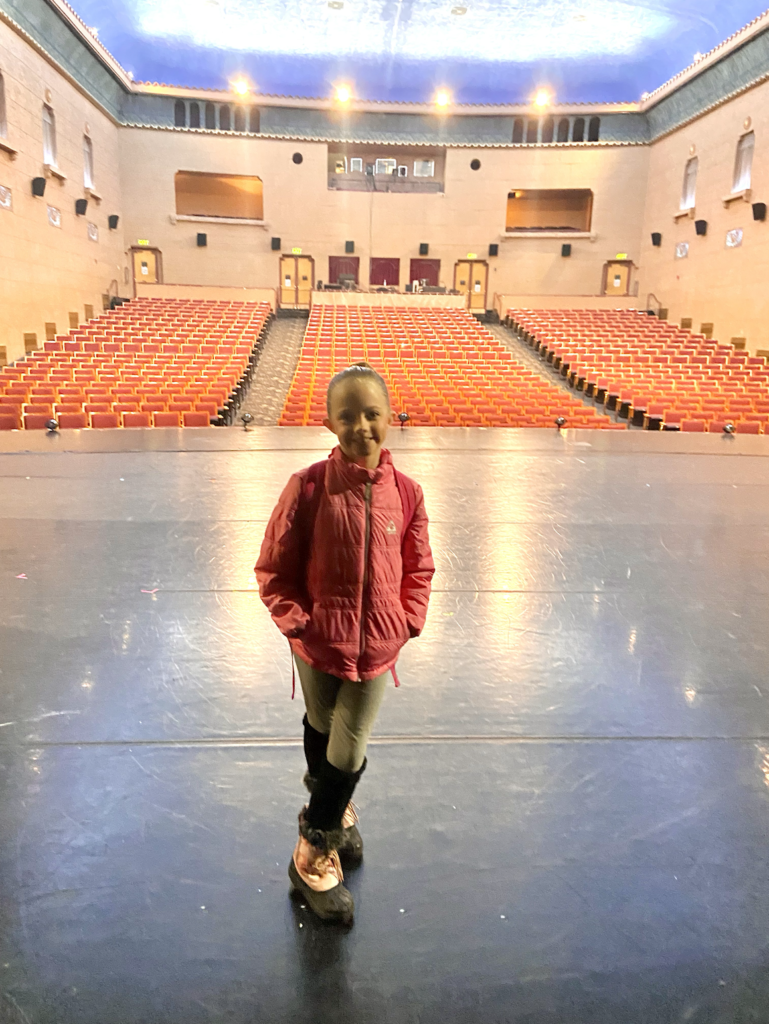Early Musical Literacy: 10 Recommended Resources

I’ve been thinking a lot about early music literacy, and the many ways in which we can help our young students learn to read music and become musically literate sight readers. Today I wanted to just share some of my favorite resources for creating great music-readers and sight readers!
Giant Floor Keyboard & Staff banners & beanbags

These are my favorite tools ever for getting kids off the bench and learning so many concepts in a fun way. They help you incorporate movement into musical concepts and are a great big visual for your visual learners. Want to make your own? Use my keyboard graphic and staff graphic to print a 3′ x 8′ banner at the copy store or website of your choice.
Steps & Skips Strips – included in my French Piano Pack & Sight Reading Tricks Pack

Best little flashcards for getting young students reading notes on the staff! See a video demonstration here.
Landmark Notes resources – included in my French Piano Pack

Once students are reading steps and skips, it’s a great time to start introducing some landmark notes. I have a cute landmark notes chart and some fun worksheets (featuring some Paris landmarks!) included in my French Piano Pack.
A Note in Time by Paula Manwaring
This is a GREAT resource for quick naming of notes and note-playing fluency. This resource makes sense to me because it mirrors my kids’ reading homework that they bring home from school – how many words can you read in one minute? How many notes can you name in one minute? It’s a fun challenge for my students to time themselves and see how many notes they can name in one minute.
Piano Safari Sight Reading Cards

This is my go-to for daily sight reading practice. These cards are so easy to implement and they have helped my students improve their sight reading so much!

I love this app! It is similar in concept to the Piano Safari sight reading cards and is an AWESOME way to improve your students’ sight reading and fluency quickly. Highly recommended!
Notespeed Card Game

This fun card game is like flashcards, but way, way better! A great way to add games and fun to your studio while also adding engagement and learning.

My Muscle Builder Books take young students through all of the keys on the keyboard, teaching scales, chords, arpeggios and more starting from the first lesson. I love getting them familiar with chords and playing ALL over the keyboard, which grows their confidence and sets them up for all sorts of great things, like playing fakebooks and composing!
Easy Fakebooks

Once my students have learned all of the white-key major chords in the Muscle Builder Books series I love to get them started playing from a fakebook. This series of Easy Fakebooks by Hal Leonard is excellent! I didn’t realize until recently how many volumes they have….I kind of want to buy them ALL!! I have the Easy Disney Fake Book and the Easy Children’s Fake Book – both excellent! These are great because they are all in the key of C, giving your students TONS of songs to play in chords they are comfortable in and building their confidence. I start out with them playing the left hand chords all in root position with me playing the melody. We soon learn about chord inversions for playing the chords in easier positions, and then they start playing the melody as well.
Any easy C-position piano pieces for transposing practice
As soon as students know the white-key major chords and five-finger scales, they are ready to start transposing! This is a really fun lightbulb to see go off in your students, when they realize they can play their simple C-position pieces in ANY key!
I hope this gives you some great ideas of ways to improve your students’ musical literacy and sight reading skills! What are your favorite tools and resources for teaching these skills?




















































